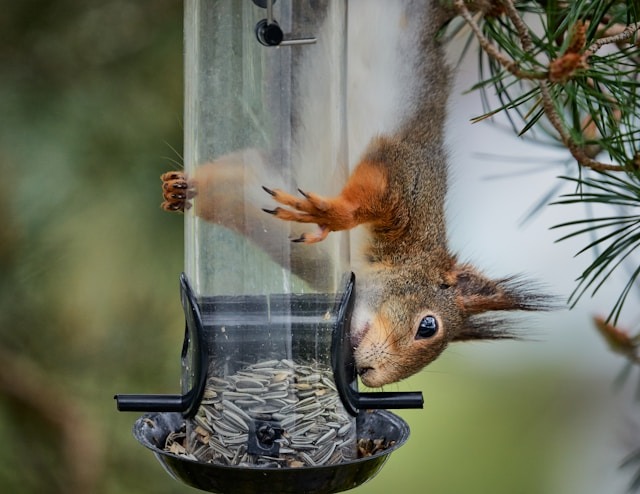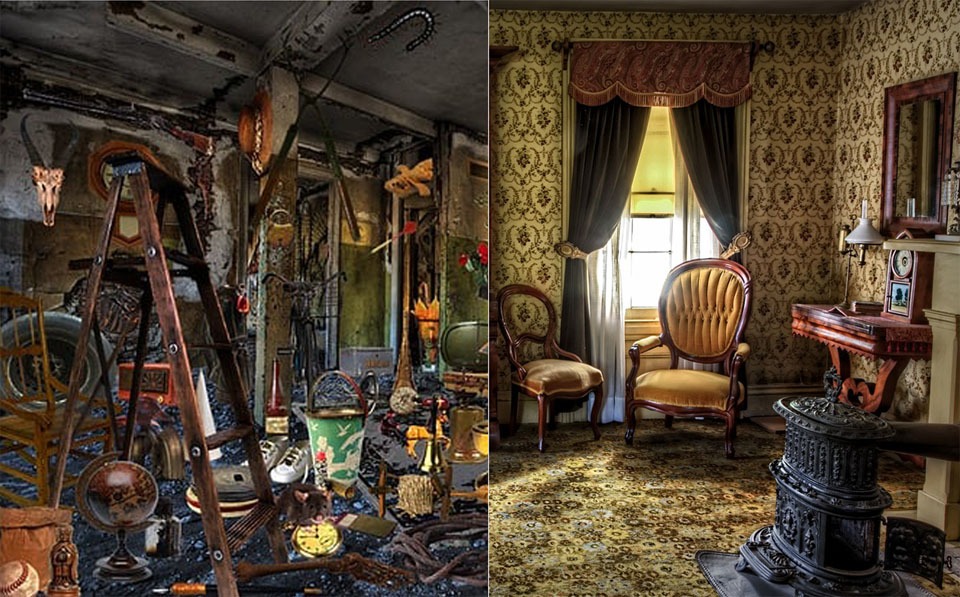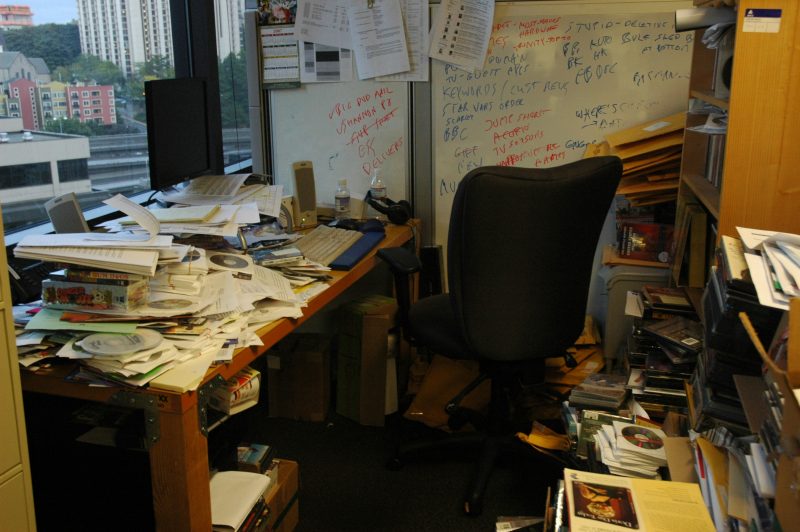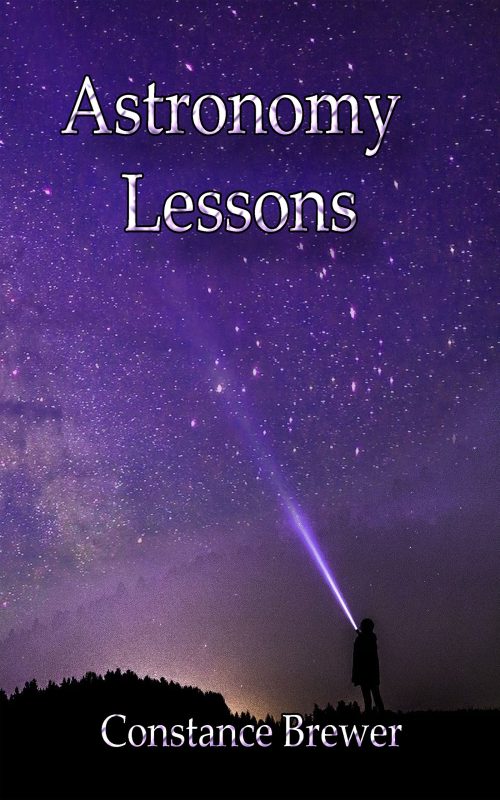
My new poetry book is finally here! Introducing Astronomy Lessons, a book of poems exploring the relationships between myth, science, and creating meaning from the night sky.
Praise for Astronomy Lessons
Ever dreamed of becoming a constellation? It may not be what you imagine. In this collection, Constance Brewer takes on multiple personas, modern and mythological, all attempting to wrestle with “things (they) don’t understand—/ cosmology, evolution, personal relationships” through metaphors and motifs of astronomy. Using cosmic imagery and lyrical storytelling these poems take us through the trajectory of growing up, growing older, finding and losing love, and looking for it again, all against the backdrop of a cosmos that is comparatively vast and yet familiar. Though this collection seeks for wisdom, it often leaves us with the mystery of unanswerable questions, like “what should we think about before we drink from the river Lethe” and “what is love but a failed picture of the moon?”
—Tresha Faye Haefner, author of When the Moon Had Antlers (Pine Row Press, 2023, Finalist for the Glass Lyre Poetry Prize) and Founder of The Poetry Salon
Constance Brewer’s Astronomy Lessons scatters poems across the night sky of an emotional landscape we all know: love. Whether love’s objects are lovers, parents, children, or earth itself, these poems orbit around that which pulls us to reach farther, hold tighter, look deeper. The physics of love are everywhere. Brewer writes, It’s the passage of filament from one person / to another where theory goes astray….leaving us unable to explain the one thing / that would help us explain everything. Yet these poems somehow contain everything we might feel as we gaze upward, when we’re waiting / for science, having long given up on gods. That’s when we understand we are all made of star dust.
—Kathleen Cassen Mickelson, co-founding editor of Gyroscope Review, and co-author of Prayer Gardening.
Excerpt from Astronomy Lessons
Click HERE for PDF Excerpt
Astronomy Lessons is available on Amazon as a paperback and as a Kindle ebook
Copies are also available from the author.
On writing Astronomy Lessons
Myth and science both seek to explain the world. Myth is not failed science; it is the engine that drives the What If of a curious mind. What haunts the intersection of science and mythology? That’s what we’d love to discover. Just because the stars are impossibly far away doesn’t mean they don’t have stories to tell. Astronomy Lessons looks to the stars to help explain what it means to be human. We create meaning out of the night sky—part truth, part fiction, and common to us all. Poetry is a search for our own creation myth, and the ritual of examining the night sky is the path to discovering the mythic being inside us all. —Constance Brewer
Other Poetry Books by Constance Brewer
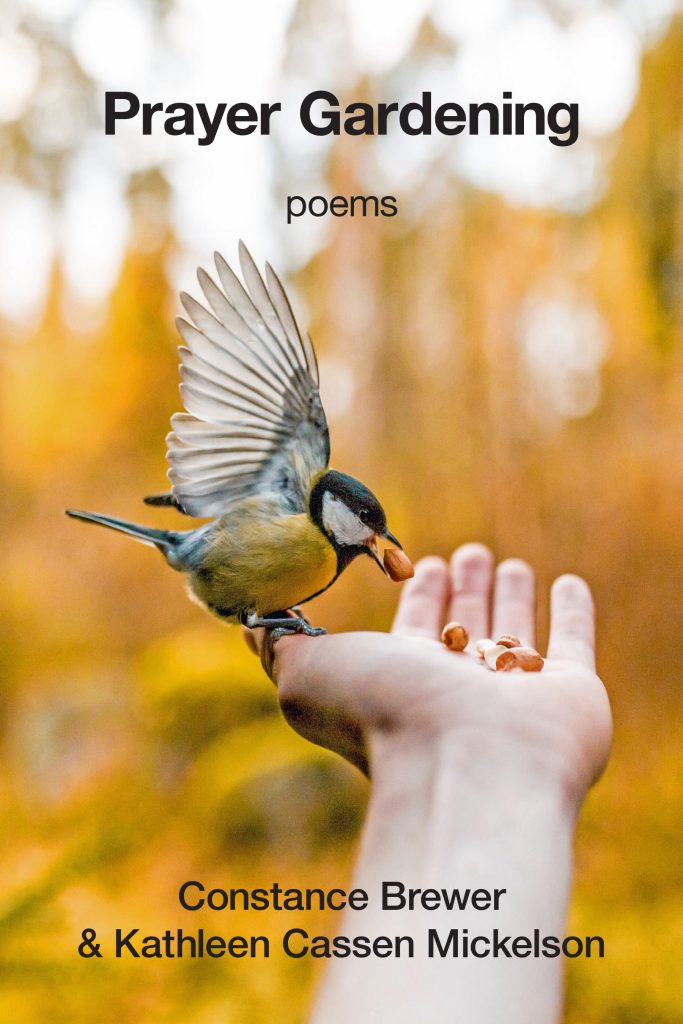
Prayer Gardening available on Amazon or from Kelsay Books. Also available from the Author.
Video excerpts of Prayer Gardening are available on the website.
Prayer Gardening was co-authored with poet Kathleen Cassen Mickelson. We’ve worked together for years, first as co-founders of Gyroscope Review poetry magazine, then exchanging poems for critiques. Our work covered similar interests and themes, and this collection grew organically out of our poetic conversations. Prayer Gardening speaks of the way we connect to each other, nature, and the world around us. It takes a deep dive into what makes us human, and how we forge relationships. The chapbook alternates between two voices that explore connections and discover our similarities more than our differences.
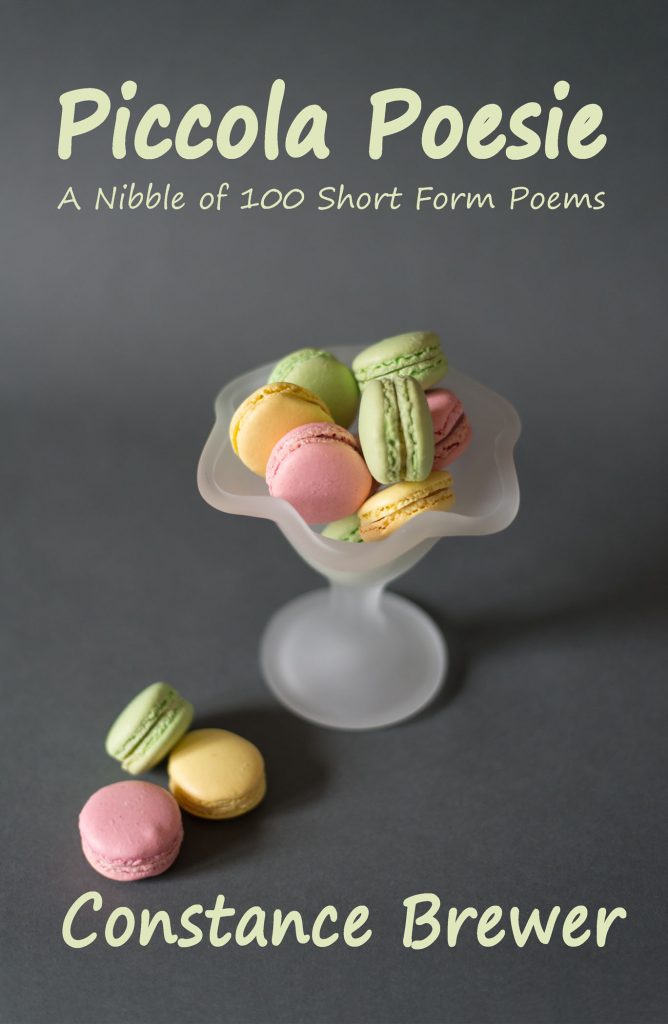
Piccola Poesie is available on Amazon at a special price for a limited time.
Piccola Poesie PDF excerpt
Piccola Poesie contains a variety of Haiku, Senryu, Tanka, and American Sentences that explore human relationships with nature, with other people, and with inanimate objects. The poems wheel through the seasons, dropping observations and commentary on life. In these short, easily digestible poems, the reader can find answers to questions like, What’s up with cats, anyhow? and why winter causes the poet to rush outside to witness the season. Like macarons, the reader can enjoy these poems as a day-by-day treat, or gobble them down by the handful. 100 small bite poems for a fast-moving world.


